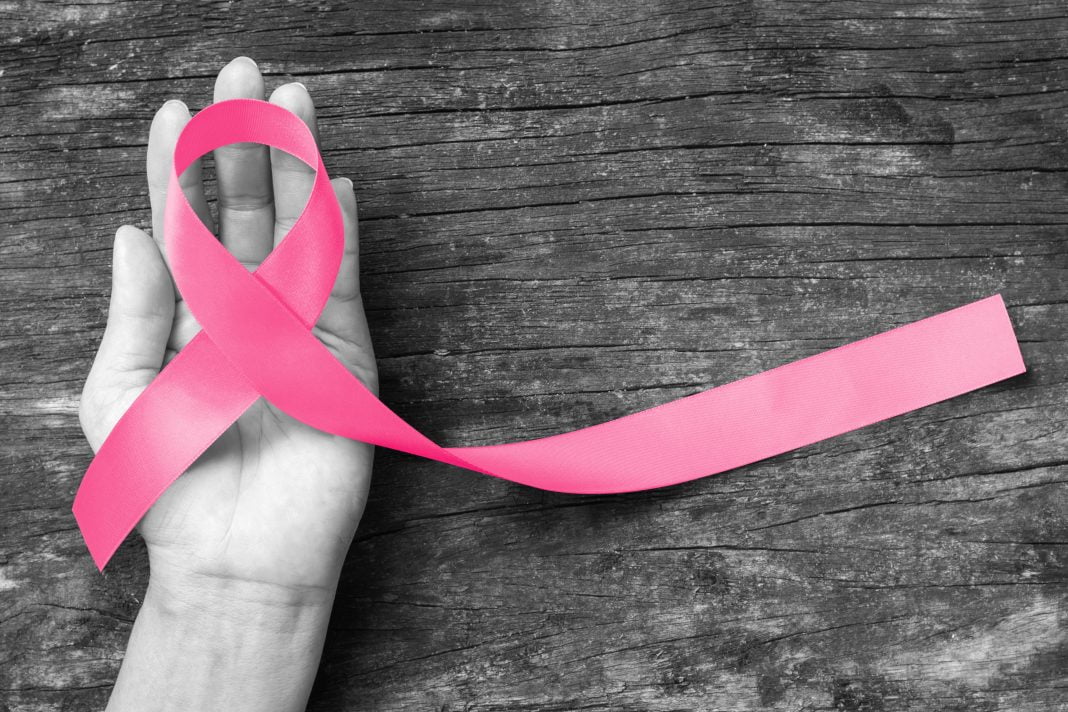Gilead Sciences Australia has announced that the first targeted medicine to treat an aggressive form of breast cancer, known as triple-negative breast cancer, will be funded by the Federal Government from 1 May 2022.
Trodelvy (sacituzumab govitecan) will become available on the Pharmaceutical Benefits Scheme (PBS) from 1 May 2022 for Australians with triple-negative breast cancer whose disease has progressed (locally advanced or metastasised), is inoperable and have received prior treatment with two or more therapies.
“We have long hoped for a new treatment option for this unique and challenging to treat breast cancer,” Medical Oncologist at the Mater Hospital Sydney and Director of the Patricia Ritchie Centre for Cancer Care and Research, Professor Fran Boyle said.
“Triple-negative does not have receptors on the cells that are the targets of existing breast cancer treatments, and so the treatment options available to patients have been very limited, particularly when their cancer has come back.”
Breast cancer remains the most commonly diagnosed cancer among Australian women and the second biggest cancer killer, despite the number of advancements in treatment innovation.
Triple-negative breast cancer (TNBC) is a specific type of breast cancer. Reportedly, it is more likely to recur and spread to other parts of the body faster, compared to other breast cancers. The average time to recurrence is said to be just 2.6 years compared with approximately 5 years for other breast cancers.
It’s said that once TNBC spreads, the rate of death is higher than other types of breast cancers.
“We are extremely pleased to see expedited access to Trodelvy in Australia and commend the Federal Government for their efforts in recognising this urgent need and responding quickly,” General Manager, Gilead Sciences Australia and New Zealand Jaime McCoy said.
“We also thank the breast cancer community, including clinicians and patient groups for their collaboration, support and tireless work on behalf of those with metastatic TNBC, which has helped to make this novel therapy widely available to eligible Australians.”







